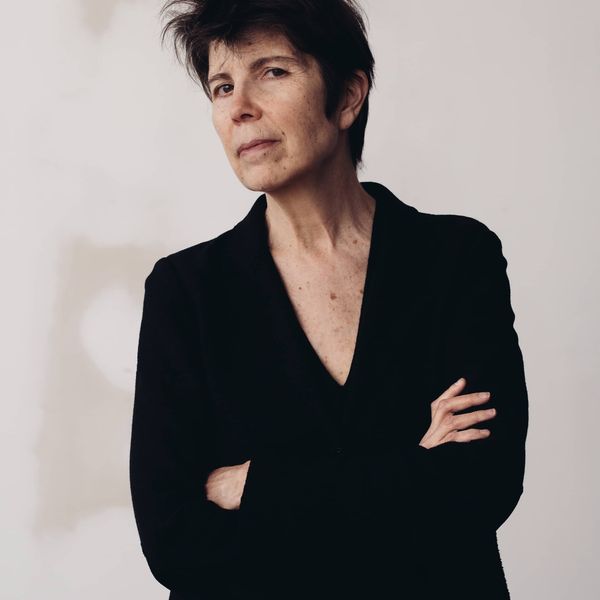Elizabeth Diller
Partner
Diller Scofidio + Renfro
Elizabeth Diller is a distinguished architect, educator, and founding partner of Diller Scofidio + Renfro (DS+R), an interdisciplinary design studio in New York known for blending architecture, visual arts, and urban design. She studied architecture at the Cooper Union School of Architecture, where she also served as a professor and built a reputation for questioning traditional architectural practices.
In 1979, she co-founded DS+R with Ricardo Scofidio, and Charles Renfro joined the firm in 2004. The company initially attracted attention through conceptual, often performative installations that blurred the boundaries between art and architecture. Early works, like The Blur Building (2002), a mist-covered pavilion for the Swiss Expo, and The Slow House (1991), showcased Diller’s focus on perception, technology, and the mediation of experience.
Diller’s work has expanded to include significant cultural and civic projects that have transformed modern urban life. She is most recognised for iconic landmarks such as The High Line in New York City (2009), which converted an abandoned elevated railway into a lively public park; the revitalisation of Lincoln Center for the Performing Arts (2006–2012), which re-envisioned one of New York’s most famous cultural sites; and The Shed (2019), a versatile arts venue that showcases the firm’s hallmark flexibility and multidisciplinary focus.
A recent project is the V&A East Storehouse in London. Speaking at the opening preview, she explained how the firm identified several key driving ideas from the brief:
“The first is the Storehouse, conceived in three concentric rings between public and private. So, the most public is in the centre. Then, the middle ring is semi-private. And then on the edge, on the absolute periphery of the building, is the most private.” A typical institutional building is progressively restricted, moving away from the front door to more distant and inaccessible places, with a deep footprint. “It's the opposite of what we have here. It's essentially an inside-out building.”
Elizabeth Diller has earned many honours, such as the MacArthur Fellowship in 1999 and induction into the American Academy of Arts and Letters. Under her guidance, DS+R continues to expand the limits of architecture by integrating social issues, technology, and urban development. Through her work and teaching, she has significantly shaped modern architectural discussions, transforming the ways space, culture, and public life come together in today's cities.

